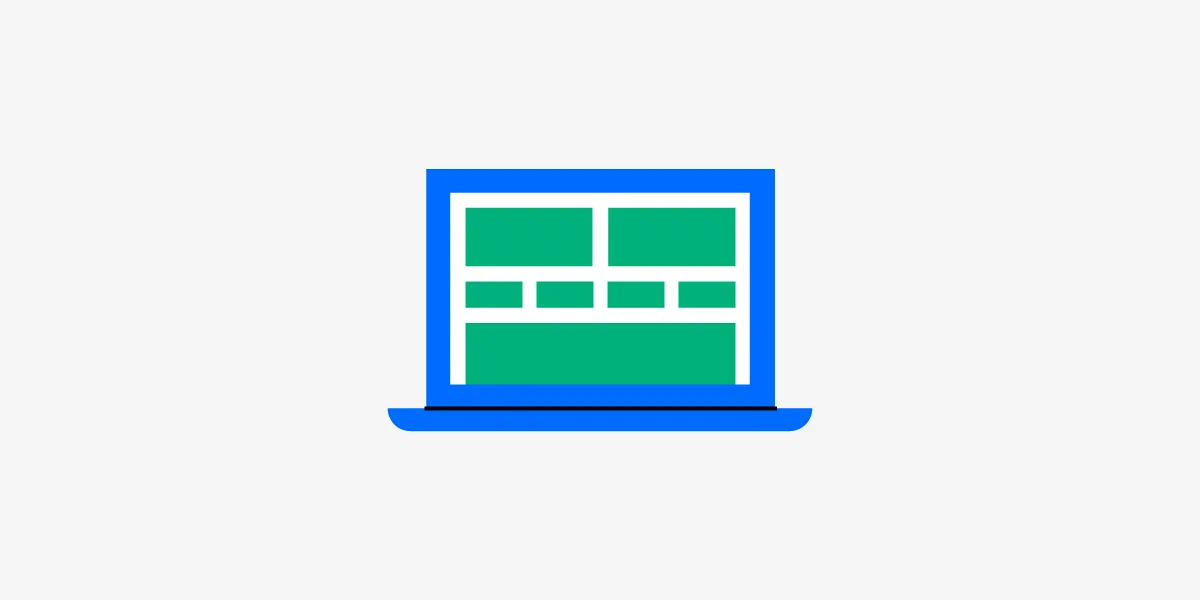
Depending on the type of client you’re working with and the budget size, some things are going to be higher up on the priority list in regards to others. When you need to do a design project on a budget, keeping control of the spendings is vital to ensure a healthy percentage of ROI (return on investment).
Even if you have a small budget you can still knock a project out of the park and create an impactful design for the user if you decide to follow along. So it is not a question of how to break the small design budget barrier but instead how to embrace the situation and pivot.
How to design on a small budget?
To design on a small budget is not a small feat. Indeed, to keep within the constraints of your predetermined design budget you need to tackle some important aspects. These will, directly and indirectly, affect your project expenses whether you like it or not. So better to be safe than sorry.
Things to keep in mind when dealing with a small design budget:
- Manage Expectations
- Scope of Project
- Process and Strategy
- Project Management
- Team Communication
- Implementation
- Focus on The User
Follow along as we go through each of these steps so you can see how all of them are interrelated and how to make the most of it when designing on a budget.
Manage Expectations
The client brief and discovery session should answer all possible questions concerning the project that both parties might have. There’s no space for assumptions so they will need to be removed from the equation and replaced with specific and accurate answers.

How to tackle the client brief and pave the way for a successful ongoing relationship:
- Help the client get familiarized with the process and the development of the project.
- Set up realistic expectations right away.
- Don’t over-promise and under-deliver.
- Address the immediate pain-points.
- Show the client that you’re professional and serious while being friendly.
Helping the client understand what they are getting into and the project you are both about to embark on will help them feel assured and will remove buyer’s remorse.
Define the Scope of the Project
Project analysis and scope determination is something that needs proper attention if you want to ensure smooth project flow from early stages all the way to late-stage implementation and testing.

Also, having a style guide to consult or reference during the project will provide you with the benefit of saving both time and money. It facilitates the sharing of resources and effectively streamlines the process for everyone included.
A style guide will keep every team member on the same page instead of getting bogged down on the details regarding the visual side of things. That way the devs can spend more time working on implementing the design created by the UX designers.
Having a Clear Process and Strategy
You will effectively eliminate expenses creeping up on you if you have a detailed process to rely on so you don’t waste your already precious resources on things that don’t matter. Employees, professional software, outside collaborators, project management tools, research staff, all of these count as resources.
Outsourcing some of your work can be an effective cost-cutting measure and will also free some of your in-house UX designers or developers to work on the more important stuff. It goes hand in hand with a smaller design budget project
The Value in Effective Project Management
Managing the project every step of the way so that every department team is on track is even more important when working on a design project with a small budget. Not all people naturally possess organizational and time management skills.
So, having a DesignOps team to manage the design process within your company will result in higher efficiency and consistent workflow without any hindrances.
In regards to project management, you will have to make plans with the DesignOps department about prioritizing certain tasks over others while still collaborating simultaneously with all sectors.
When working with a small budget the one thing to keep in mind is the balancing act of delivering a product that doesn’t tip the scale between backend functionality and visual design. This ties in perfectly with the “don’t over-promise and under-deliver” advice we gave you earlier in the article.
Team Communication
Establishing proper team communication is also vital when you have a big design project and a small budget on your hands. Communication will keep everyone in the loop on every task that’s going on. Building rapport is also an important piece of the puzzle called team communication.

By the way, updating each other often when working on tasks so that the project is going in the desired direction is something you’ll need to get into the habit of doing. That is, if you wish to improve team communication.
Besides that, the hidden benefit behind great team communication can be the abundance of design ideas that can be produced organically and help you get a better and more polished final product.
Implementation
It’s obvious – functionality is king whether you’re working with a big or on a small budget design project. But even more so on smaller ones because of the inability to spend money on extensive research.
Know that you can’t kick a project back into the development cycle if things don’t go as well as expected. You don’t have the budget for it, so, make time count and make things worthwhile.
So, if you spend extra time on implementation rather than making a pretty design, it will give you that boost of confidence when delivering the final product.
Focus on the User
Although a small budget can pose a challenge, it shouldn’t dictate the process and direction of the project. Regardless of your budget, the focal point of every project is to create with the user in mind.
If your plans are to make a significant amount of return of investment in a short timeframe, then user satisfaction in every aspect should be one of your top goals.

Work on CRO (conversion rate optimization). Heat mapping will give you an insight into how the users interact with your product and A\B testing will help you tailor the experience to your user as much as possible.
Summary
Let’s wrap it up with a few final notes. You can always add value to a project, regardless of the budget. Don’t forget to design and develop with the user in mind, even involve them in the design process They are the key to maximizing your ROI. User insight is the most valuable ingredient when working on a small budget design project.
And, always challenge yourself in all the different aspects of the project, while working within the constraints of the budget.
Have you ever had to work on a project with a small budget? What was your approach?
We’d love to hear.

